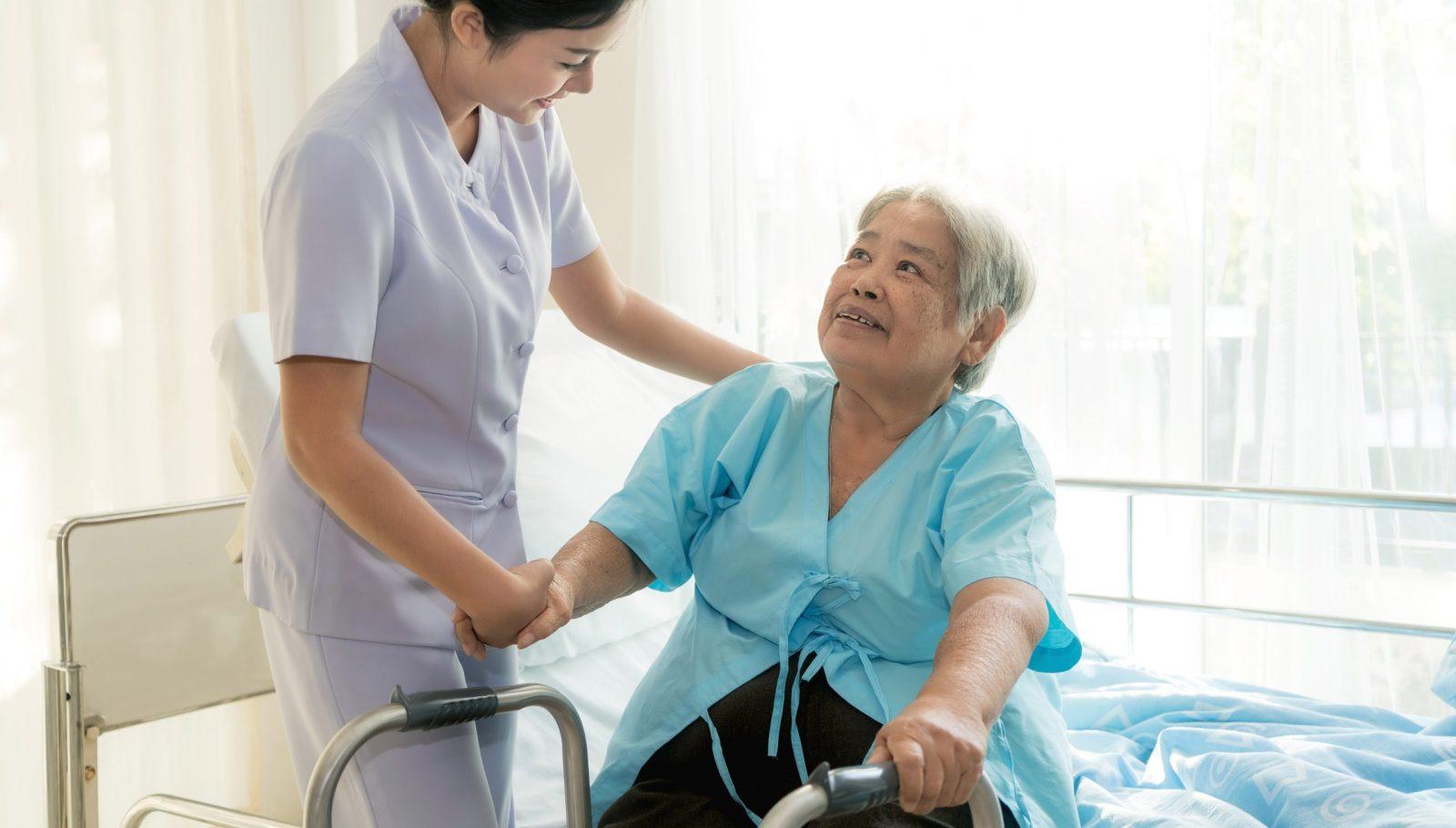Healthcare providers play a critical role in identifying and reporting elder and domestic violence abuse. This training is designed to equip healthcare professionals with the knowledge and skills needed to recognize signs of abuse, understanding reporting requirements, and take appropriate action to protect vulnerable individuals. In this comprehensive Elder and Domestic Violence Abuse Reporting course, participants will learn about the different types of abuse, mandatory reporting laws, and best practices for supporting victims.
What You Will Learn:
- Physical, emotional, and behavioral signs of elder abuse and domestic violence
- Legal obligations of healthcare providers in reporting suspected cases of elder abuse and domestic violence
- Steps healthcare providers must take to report suspected abuse or neglect
Details:
Course length: 1 hour; CME: 1
Languages: American English
Key features: Audio narration, learning activity, and post-assessment.
Get Certified
American Medical Compliance (AMC) is a leader in the industry for compliance, Billing, and HR solutions. To become certified, please visit us at: American Medical Compliance (AMC).
Reach out for other courses by visiting the AMC Course Library.
Recognizing the Signs of Elder Abuse
Identifying elder abuse can be challenging, as it often presents in subtle or ambiguous ways. There are numerous indicators that, when viewed individually, might not raise immediate concern or appear suspicious. These signs can range from physical symptoms like unexplained bruises or injuries to behavioral changes such as withdrawal or anxiety. It is crucial for healthcare providers to be vigilant and consider the broader context when assessing potential abuse cases, recognizing that a combination of indicators may point to a pattern of mistreatment or neglect.
Understanding Physical Abuse in Elderly Populations
Physical abuse involves the intentional use of force that results in bodily injury, pain, or impairment to an elderly person. This type of abuse can manifest as bruises, cuts, fractures, or even more subtle injuries that may be easily overlooked.
The Prevalence of Family and Domestic Violence in the United States
Family and domestic violence, encompassing child abuse, intimate partner violence, and elder abuse, remains a widespread issue across the United States. These forms of violence affect countless individuals and families, cutting across all demographics and socioeconomic backgrounds. Recognizing the prevalence and impact of these issues is vital for healthcare providers, who often play a crucial role in identifying and intervening in cases of abuse to ensure the safety and well-being of their patients.
The Two Main Categories of Domestic Violence
Domestic violence generally falls into two main categories: intimate partner violence and family violence. Intimate partner violence involves abuse between current or former partners or spouses, while family violence includes abuse directed at other family members, such as children or elders. Understanding these distinct categories helps healthcare providers identify the different dynamics and risk factors associated with each type, enabling more effective intervention and support for victims.
The Importance of Mandatory Reporting
Mandatory reporting laws require healthcare providers to report suspected cases of abuse, neglect, or exploitation to the appropriate authorities. These laws are crucial in protecting vulnerable populations, such as the children, the elderly, and individuals experiencing domestic violence.



